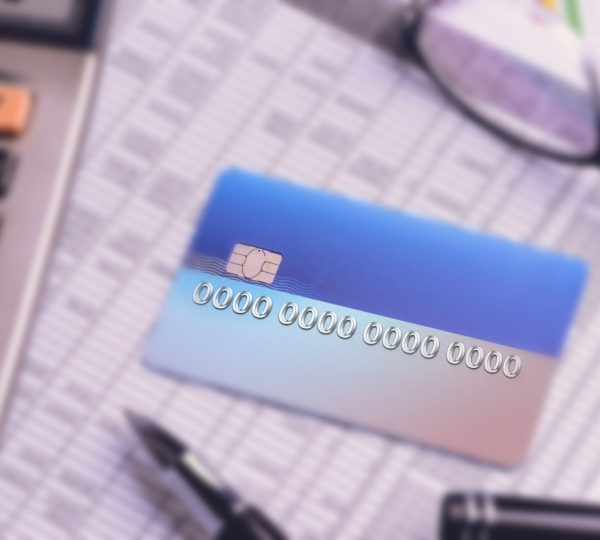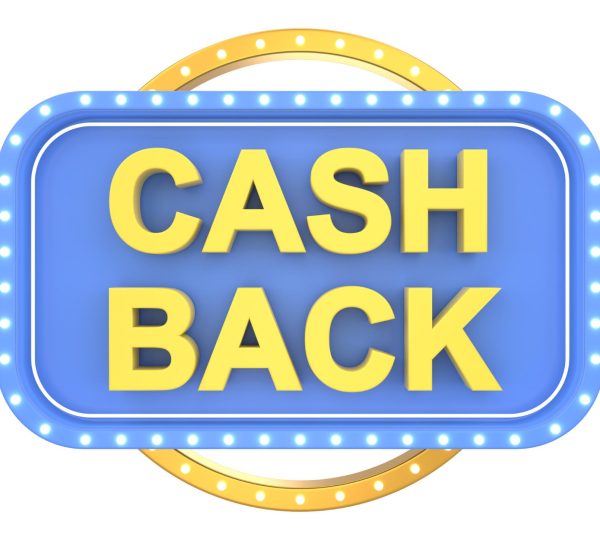One of the most important questions you have to ask yourself if you are thinking of starting a business is: when am I going to start making a profit ? Or what is the same, how much do I need to sell to start making money? Let’s talk about the breakeven point.Knowing this information is essential in any company. It doesn’t matter if you sell apples, furniture, televisions, or helicopters. Every entrepreneur has to know from how many units sold the income generated by his business is higher than the expenses and, therefore, he makes a profit.The break-even point is the economic concept that answers this question. It is also known as the deadlock or break-even point and indicates the quantity of production sold from which a business begins to make a profit.

How to calculate the breakeven point?
If you are a service provider, the calculation is quite simple. The only thing you would have to do is add your expenses for the month and estimate how many services you have to provide for your income to exceed that figure.For example, if you are a lawyer and your only expenses are the freelance fee and the office rent, for example, 600 dollars per month, as soon as your billing exceeds the amount of both expenses, you will be in positive figures.However, if your activity consists of the sale of products , the calculation of the breakeven point is a bit more complex.
A company needs machinery, facilities, furniture … to carry out production, that is, fixed factors. But in addition, you will incur other variable costs , such as electricity or raw materials, which will increase as production increases.The fixed costs are those that are repeated regularly every month, regardless of whether they are sold more or less sold. For example, the rent of the premises, social security , the salaries of the personnel or the fee to the agency.The variable costs , meanwhile, are those that increase as more is produced. They are considered variable because they fluctuate based on the number of units sold. For example, electricity, raw materials, water consumption …In order to calculate the profitability threshold, both fixed and variable expenses are taken into account, and also starts from a certain sale price .
We will call it Q * and its formula is the following:
Q * = CF / (P – Cvu)
Where:
CF: Fixed Costs
Q: Selling price
Cvu: Unit variable cost
Calculating fixed costs is very easy: you just have to add all the fixed expenses you have in your business, such as rent, salaries, insurance … We recommend that you calculate the fixed monthly costs prorating those that are annual, so the threshold will have much more sense.Cvu is the variable cost of each unit of product that you manufacture. To calculate it you will have to divide the total of your monthly variable costs by the number of units you have produced that month.
Break-even threshold example

If the fixed costs of your company are 750,000 dollars, the variable costs of each unit are 220 dollars and the sale price is 270, the formula would look like this:
Q * = 750,000 / (270 – 220) = 15,000 pcs.
If you sold 15,000 units, your income and your monthly expenses would be the same and, therefore, you would have neither profit nor loss. From 15,000 units sold you would generate profits, but if you sold fewer you would incur losses.As you can see, the profitability threshold of a business is very important and offers information that any entrepreneur should know .The viability of any company happens because this figure makes sense and can be achieved.



